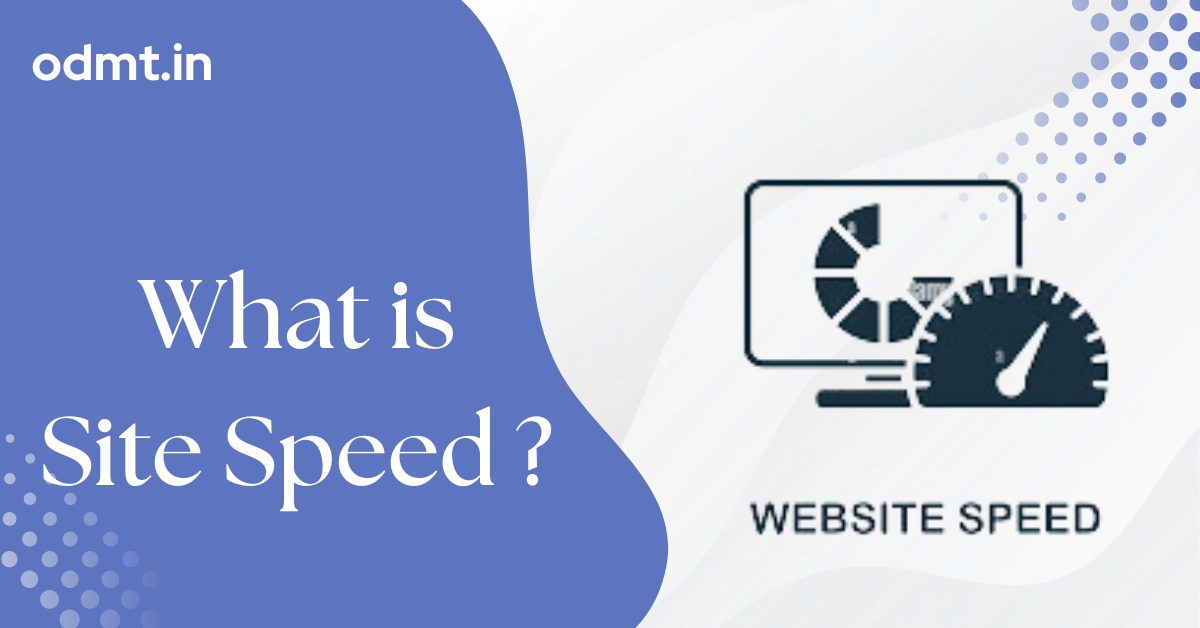SITE SPEED:
What is Site Speed?
Site speed refers to how quickly a website loads and responds to user interactions. It impacts user experience (UX), SEO rankings, and conversion rates.
Why is Site Speed Important?
✅ SEO Ranking Factor – Google considers site speed for ranking websites in search results.
✅ User Experience – Faster sites reduce bounce rates and keep users engaged.
✅ Higher Conversions – Faster-loading pages lead to better sales and lead generation.
How to Measure Site Speed?
You can check site speed using tools like:
🔹 Google PageSpeed Insights (pagespeed.web.dev)
🔹 GTmetrix (gtmetrix.com)
🔹 Pingdom Website Speed Test
How to Improve Site Speed?
🚀 Optimize Images – Compress images using tools like TinyPNG or WebP format.
🚀 Enable Caching – Use browser and server caching to reduce load times.
🚀 Minimize CSS, JavaScript & HTML – Remove unnecessary code and use minification.
🚀 Use a Fast Web Hosting Provider – Choose a reliable hosting service with good server performance.
🚀 Enable a CDN (Content Delivery Network) – Distribute content across multiple servers worldwide.
A site that loads in under 3 seconds is considered fast and provides the best user experience.
